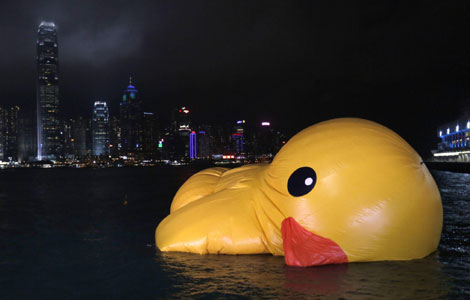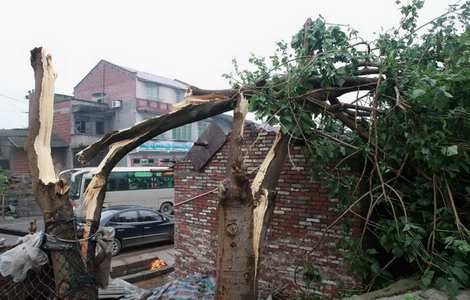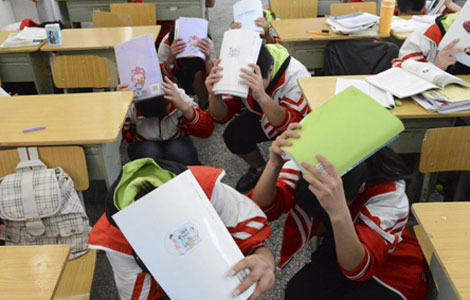
A new system will be established to keep a closer eye on the progress and quality of key constructions along the eastern and middle routes of the South-to-North Water Diversion Project with the aim of meeting the original target on supplying water, a senior official said.
The project, the world’s largest water diversion, is designed to take water from the Yangtze River in the south via eastern, middle, and western routes to satisfy the urgent demand for water in the arid northern regions of China.
The first phase of the project’s eastern route will supply water in the third quarter of this year, transferring water from Jiangdu, Jiangsu province, on the Yangtze River into Shandong province along the Beijing-Hangzhou Grand Canal.
The first phase of the middle route will divert water from the Danjiangkou Reservoir in Hubei province to northern cities, including Beijing, Tianjin, Shijiazhuang and Zhengzhou, in 2014.
According to the current schedule, construction on the eastern route is expected to be completed by the end of March and almost all projects on the middle route will be finished by the end of this year, said E Jingping, head of the office in charge of the project under the State Council.
“Any potential risk to the progress and quality of key constructions along the routes should be prevented by setting up a system to warn the construction people if they are falling behind to ensure the supply water on time,’’ he said during an annual working conference on Jan 15.
He also urged local branches of the project office along the eastern route to make emergency contingency plans for possible risks to water quality, such as environmental incidents, to realize its ambitious target of transferring clean water this year.
Tests in November found water quality in the eastern route’s trunk canals is at least Grade III, the minimum standard for drinking-water sources, according to the SNWD project office.
All of the 36 monitored cross sections along the eastern route met mandatory water quality standards during the same period, it said.
Since 2008, the Beijing-Shijiazhuang section of the middle route of the SNWD project, linking reserviors in Hebei with Beijing, began supplying water as an emergency measure to help ease water shortage in the capital.
In 2012, up to 283 million cubic meters of water was directed to the city, according to the Beijing branch of the SNWD project office.
Beijing needs about 3.5 billion cu m of water per year. The middle route will transfer about 1.2 billion cu m of water to the city annually when it is put into operation.
jinzhu@chinadaily.com.cn







